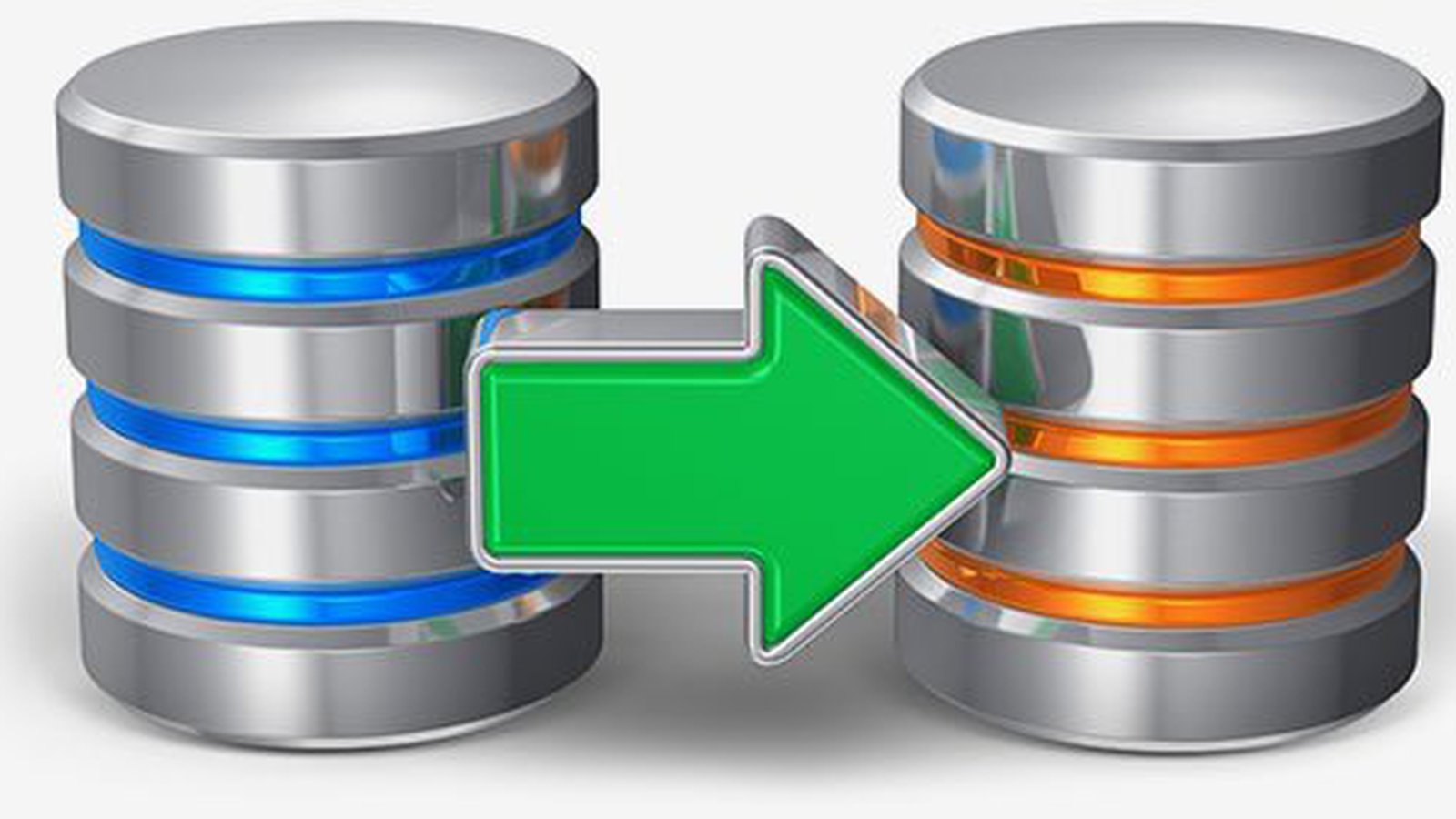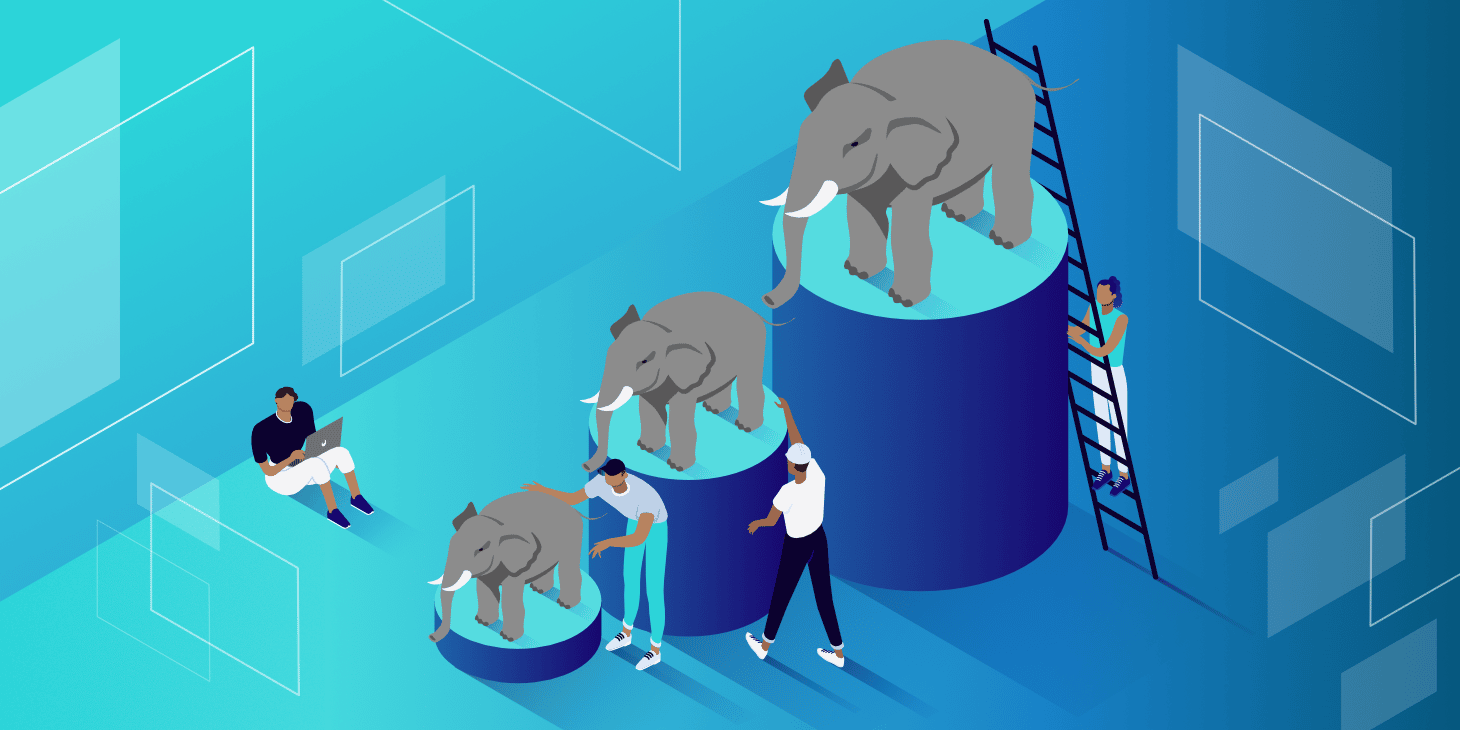Description
Introduction of Mongo DB
MongoDB is an open-source NoSQL database management system specifically designed for efficiently handling large volumes of unstructured data. To achieve this, it utilizes a flexible, JSON-like document structure that allows for dynamic schemas, thereby making it highly adaptable to changing application needs. Furthermore, MongoDB offers scalability and high availability, which are essential for modern applications that require real-time data access. In addition, through its powerful query language and robust indexing capabilities, MongoDB enables organizations to build responsive applications that effectively meet evolving business demands. As a result, it empowers developers to leverage their data more efficiently, fostering innovation and operational excellence.
Prerequisites for Mongo DB
- Basic Understanding of Databases
- First, familiarize yourself with fundamental concepts and understand the differences between relational and NoSQL databases.
- Knowledge of JavaScript
- Moreover, develop a solid grasp of JavaScript while also learning JSON syntax for effective document handling.
- Experience with Operating Systems
- In addition, gain familiarity with the command line, particularly in a Linux environment commonly used for MongoDB.
- Basic Scripting Skills
- To further your capabilities, become proficient in scripting languages like Python or Node.js to automate data operations.
TABLE OF CONTENT
1.Introduction
1.1 Background
1.2 Objectives of the Document
1.3 Scope and Limitations
2.Overview of ITT_FS Mobile App Development
2.1 Understanding ITT_FS Requirements
2.2 Importance of Mobile Apps in ITT_FS
2.3 Key Features and Functionalities
3.Mobile App Platforms: iOS and Android
3.1 Overview of iOS Development
3.1.1 Introduction to Swift Programming Language
3.1.2 iOS App Architecture (Ref: Architecture on AWS)
3.1.3 Tools and IDEs for iOS Development
3.2 Overview of Android Development
3.2.1 Introduction to Kotlin Programming Language
3.2.2 Android App Architecture
3.2.3 Tools and IDEs for Android Development
4.Project Planning and Management
4.1 Requirement Analysis
4.2 Project Timeline and Milestones
4.3 Resource Allocation
4.4 Risk Management
5.User Interface (UI) Design
5.1 Principles of Mobile App UI/UX Design
5.2 Wireframing and Prototyping
5.3 Design Guidelines for iOS and Android
6.Coding Practices and Standards
6.1 Best Practices for Swift Coding
6.2 Best Practices for Kotlin Coding
6.3 Code Reviews and Version Control
7.Database Integration
7.1 Data Models and Schema
7.2 Integration with ITT_FS Databases
7.3 Data Security and Encryption
8.Testing and Quality Assurance
8.1 Unit Testing Strategies
8.2 Integration Testing
8.3 User Acceptance Testing
9.Deployment and Release
9.1 App Store Submission (iOS)
9.2 Google Play Submission (Android)
9.3 Versioning and Release Notes
10.Maintenance and Support
10.1 Monitoring and Analytics
10.2 Bug Fixes and Updates
10.3 User Feedback and Continuous Improvement







Reviews
There are no reviews yet.